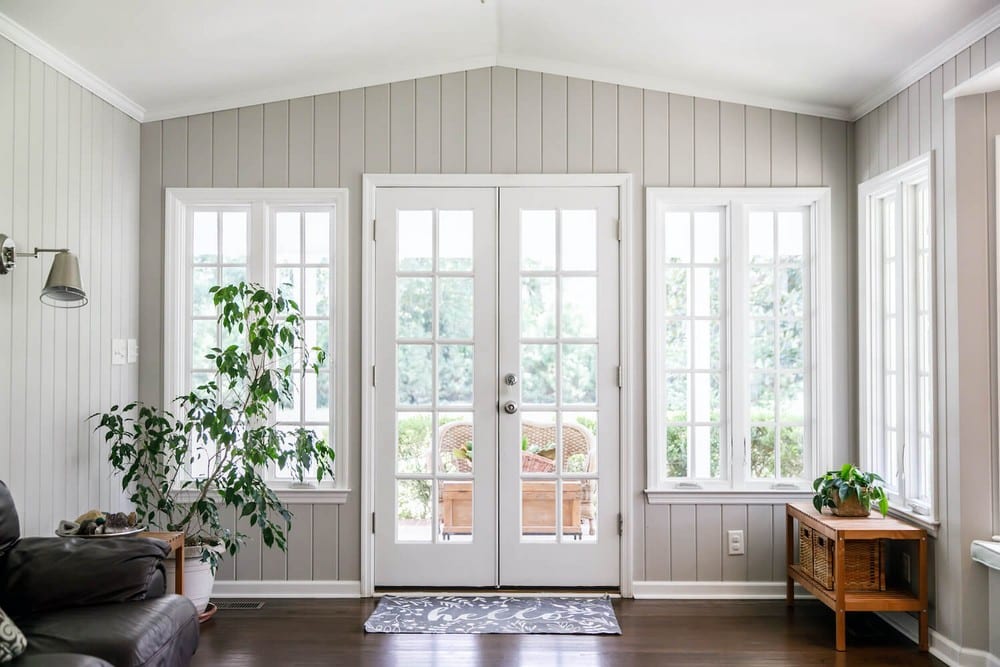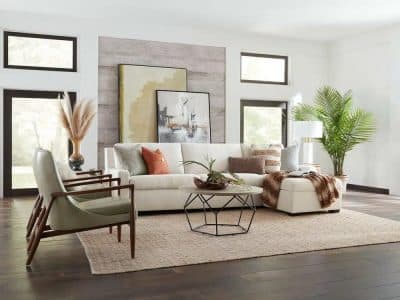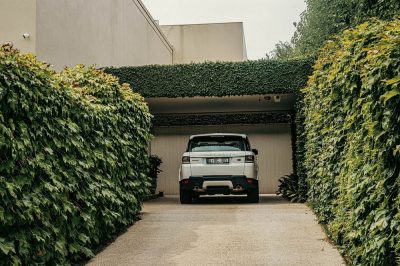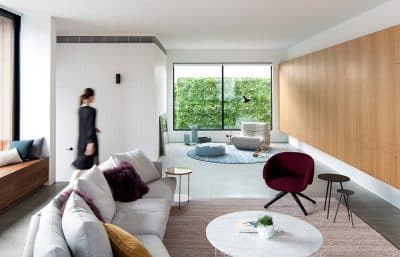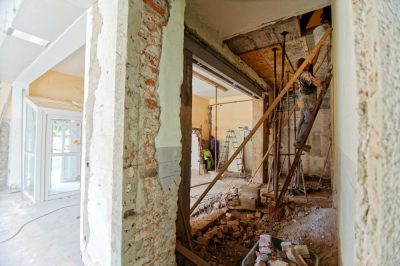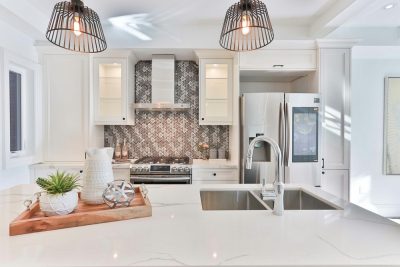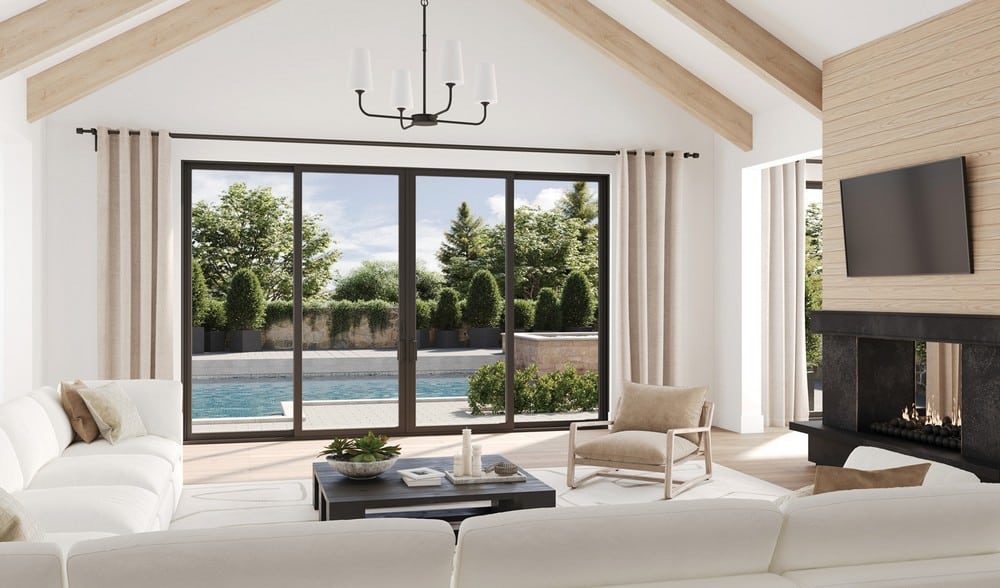
The intersection of functionality and aesthetic appeal in architecture is significantly influenced by the elements that grant access and visibility—doors and windows. These components not only define the character of a building but also dictate how well it serves its occupants. The strategic placement and design of doors and windows are critical in shaping the overall user experience, balancing the flow of natural light with the need for thermal comfort and visual connectivity.
Innovations from French and sliding door suppliers have started a new chapter in architectural design, merging traditional elegance with modern efficiency to meet the evolving needs of contemporary structures. These advancements are not just about beauty; they also enhance the functional aspects of buildings. By integrating the latest in door technology and design aesthetics, these suppliers are helping to create spaces that are both inviting and highly practical, catering to the demands of modern living and working environments.
The Evolution of Door Design in Modern Architecture
The journey of door design through the ages showcases a transformation from mere functionality to a strong aesthetic component within architectural contexts. Initially, doors served the basic purpose of security and privacy. As architectural styles evolved, the aesthetic role of doors became more pronounced, with door manufacturers Chicago leading the way in incorporating art into these functional elements. Today, the design of doors includes considerations of light, space, and artistic expression, making them central to architectural identity. This shift has led to the adoption of varied styles, such as the elegant French doors and practical sliding doors, each adding unique value to modern buildings.
The Impact of French Doors on Architectural Beauty
French doors have long been celebrated for their ability to enhance the visual connectivity between indoor and outdoor spaces. Characterized by their glass panels and ability to let in an abundance of natural light, these doors add a layer of sophistication to any edifice. The elegance provided by French door manufacturers extends beyond mere functionality; these doors are pivotal in defining a property’s character and enhancing its market appeal. Positive customer experiences often highlight the transformative impact of French doors in brightening living spaces and enriching aesthetic value, while negative feedback sometimes points to challenges in maintaining temperature and privacy without adequate treatments.
To better understand the range of experiences, here is a table summarizing customer reviews:
| Customer Feedback | Comment Summary | Impact on Experience |
| Positive | “Transformed our living space with natural light and elegance.” | Enhanced aesthetic value and living environment |
| Positive | “The seamless transition between indoors and outdoors is stunning.” | Improved spatial perception and enjoyment |
| Negative | “Struggled with heat loss during the winter months.” | Increased energy costs and discomfort |
| Negative | “Privacy issues at night, require additional window treatments.” | Added costs and effort for maintaining privacy |
These reviews illustrate a spectrum of experiences, highlighting both the aesthetic benefits and practical considerations associated with French doors.
The Functional Elegance of Sliding Doors
In modern architectural designs, especially in urban environments where space is a premium, the functionality of sliding doors is particularly advantageous. These doors provide a space-saving solution without compromising on style. Sliding door suppliers have refined the mechanics of these doors to offer seamless operation and improved security features, which makes them a favorite among contemporary architects. Positive reviews from users often praise sliding doors for their sleek design and efficiency, whereas some negative experiences stem from issues with track maintenance and alignment, highlighting a potential area for improvement.
Technological Advancements in Door Manufacturing
Advancements in technology have allowed door manufacturers in Chicago to push the boundaries of what doors can offer in terms of both functionality and design. New materials and manufacturing techniques have led to doors that are not only more durable but also better aligned with energy efficiency standards. Innovations such as thermal insulation and multi-point locking systems are becoming standard features, driven by the demand for homes that balance eco-friendliness with security. This progress in manufacturing technology ensures that today’s doors stand at the forefront of both innovation and style.
Integrating Accessibility with Aesthetics in Door Designs
Today’s door designs reflect a profound understanding of the need for accessibility, marrying it seamlessly with aesthetic demands. French door manufacturers have contributed significantly to this shift by creating products that combine wide transparent panels and graceful operation without barriers, thus enhancing accessibility. Doors are no longer just passageways; they are integral components of building accessibility for all users, including those with disabilities. The integration of wider doorways, lower threshold heights, and automatic opening systems from these manufacturers demonstrates how design can enhance usability. This thoughtful approach not only meets regulatory compliance but also supports the dignity of all users, showcasing the potential of inclusive design to create welcoming spaces.
Conclusion
The ongoing evolution in indoor design vividly illustrates the creative and technological strides being made in the field of architecture. Today’s doors are crafted to balance aesthetics with functionality, enhancing living spaces while also meeting the broader demands of efficiency and inclusivity. This shift reflects a deeper understanding of how vital architectural elements like doors can directly influence the usability and appeal of indoor environments.
Looking to the future, the role of doors in architecture is poised to become even more pivotal. Innovations in design and technology are expected to drive this transformation, ensuring that doors not only contribute aesthetically but also play a crucial role in creating more sustainable and inclusive built environments. This progressive trend highlights the growing importance of integrating advanced architectural practices to address both current needs and future challenges.
